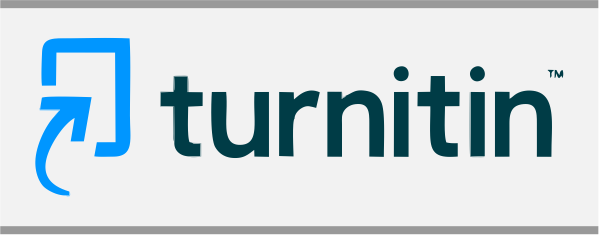READING STRATEGIES IN ISLAMIC BOARDING SCHOOL: A SMALL SCALE SURVEY
(1) Islamic University of Indonesia
(*) Corresponding Author
Abstract
Reading strategies issues appear in EFL context, not only in formal education but also in informal education, for example in Islamic boarding school. The aims of this study is to identify the use of reading strategies by the students of Islamic boarding school. This study included 71 students at Islamic boarding school from higher education with the different studies in their university as respondents. The researcher used quantitative research with Survey of Reading Strategies (SORS) based on Mokhtari and Sheorey’s (2002) questionnaire. The questionnaire was divided into three categories: Global strategies, Problem-solving strategies, and Support strategies. There are 30 items used point Likert scale from level 1-5 as the main instrument in data retrieval. To analyze the data, the researcher using SPSS and Microsoft Excel. The result showed that the most reading strategies used by the students is problem-solving strategies with mean score = 3,952 followed reading strategies with mean score = 3,663 and the lowest one is support strategies with mean 3,633. The score of each domain indicate in high level of use. It means almost of students believe and use reading strategies while reading academic materials.
Keywords
Full Text:
PDFReferences
Alsheikh, N. O. (2011). Three readers , three languages , three texts: The strategic reading of multilingual and multiliterate readers. Reading Matrix: An International Online Journal, 11(1), 34–53.
Carrell, P. L. (1998). Can reading strategies be successfully taught? The language teacher. Retrieved March 12, 2019, from http://langue.hyper.chubu.ac.jp./jalt/pub/tlt/98/mar/carrell.html
Cohen, L., Manion, L., & Morrison, K. (2007). Research methods in education (sixth). New York: Routledge.
Hui, J. Y. (2010). The internet in Indonesia: Development and impact of radical websites. Studies in conflict & terrorism, 33(2), 171-191.
Lien, H. (2011). Efl learners ʼ reading strategy use in relation to reading anxiety. Language Education in Asia, 2(2), 199–212.
Mahdavi, M., & Mehrabi, M. (2014). Metacognitive awareness of reading strategies among iranian efl learners in an “ input-poor †environment. International Journal of Innovation and Applied Studies, 5(4), 360–366.
Mokhtari, K., & Reichard, C. A. (2002). Assessing students ’ metacognitive awareness of reading strategies. Journal of Educational Psychology, 94(2), 249–259.
Mokhtari, K., & Sheorey, R. (2002). Measuring esl students ’ awareness of reading strategies. Journal of Developmental Education, 25(3), 2-10.
Nisbet, D. L., & Huang, J. (2015). Reading strategy use and reading proficiency of efl students in China. The Asian Journal of Applied Linguistics, 2(3), 202–212.
Nordin, N. M., Rashid, S. M., Zubir, S. I. S. S., & Sadjirin, R. (2013). Differences in reading strategies: How esl learners really read. Procedia - Social and Behavioral Sciences, 90, 468–477.
Park & Niyozov, J., & Niyozov, S. (2008). Asia pacific journal of education madrasa education in South Asia and Southeast Asia : current issues and debates. Asia Pacific Journal of Education, 28(4), 323-351.
Samuels, S. J., Ediger, K. A., Willcutt, J. R., & Palumbo, T. J. (2005). Role of automaticity in metacognition and literacy instruction. Abingdon: Lawrence Erlbaum Associates.
Sheorey, R., & Mokhtari, K. (2001). Differences in the metacognitive awareness of reading strategies among native and non-native readers. System 29(4), 431–449.
Vianty, M. (2007). The comparison of students ’ use of metacognitive reading strategies between reading in bahasa Indonesia and in English. International Education Journal, 8(2), 449–460.
Yousefian, V. (2016). Reading strategies used by Iranian efl learners while reading academic texts. The Journal of Applied Linguistics, 8(17), 192–204.
DOI: 10.24235/eltecho.v4i2.5099
Article Metrics
Abstract view : 148 timesPDF - 31 times
Refbacks
- There are currently no refbacks.
Â
This Journal is indexed by:
Â

This work is licensed under a Creative Commons Attribution 4.0 International License.










